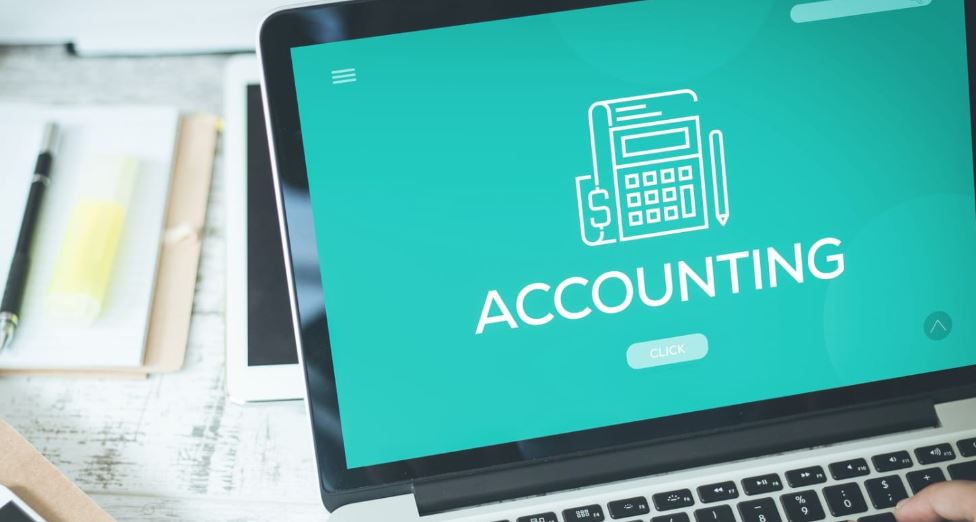Essential Steps in the Accounting Cycle

The accounting cycle has basic eight processes that an employee can use to complete the company’s bookkeeping tasks. It provides clear guidelines for recording, analyzing, and final reporting of all financial activities in a business. Hence, staying organized during the period is a significant element to maintaining overall efficiency. Most organizations analyze their performance every month, while others analyze it quarterly. Accounting cycle steps include the following steps, which makes accounting easier:
Identify Transactions
The first step involves identifying transactions. Organizations have several operations in an accounting cycle. Therefore, each transaction must be accurately recorded to ensure that you do not miss any sale or expenditure.
Organizations have several operations in an accounting cycle. Therefore, each transaction must be accurately recorded to ensure that you do not miss any sale or expenditure.
Record Transactions in a Journal
Once you identify the transactions, the next step is creating journal entries for each business deal. Here you can use the point of sales to help you identify and record the transactions. Ensure your track expenses by monitoring the cash and accruals.
Posting
After recording all transactions as journal entries, ensure that you post them in the general ledger. The general ledger provides an organized breakdown of all financial activities in an account. Posting allows bookkeepers to monitor financial positions as well as the status of a statement.
Unadjusted Trial Balance
At the end of every accounting period, you need to calculate the trial balance, which is the fourth step in the accounting cycle. Through a trial balance, accompanists can identify unadjusted balance in each account, which is then carried forward to the next level.
Worksheet
It involves an analysis of worksheets as well as identifying the unadjusted entries. A financial accountant has to create a sheet and use it to ensure that the credits and debits are equal. It helps identify any discrepancies, which are then adjusted to match revenues and expenses when using accrual accounting.
Adjusting Journal Entries
In this step, the bookkeeper makes necessary adjustments in the recorded journal entries.
Financial Statements
After completing all the adjustments in the entries, you have to generate financial statements in the seventh step. These statements will contain a balance sheet, an income statement, and cash flow statement.
Closing the Books
Lastly, the company ends the cycle by closing the books after a specified period. The closing statements provide a detailed report for the performance analysis over a period. After closing, the accounting cycle starts over again from the beginning with a new reporting period.
